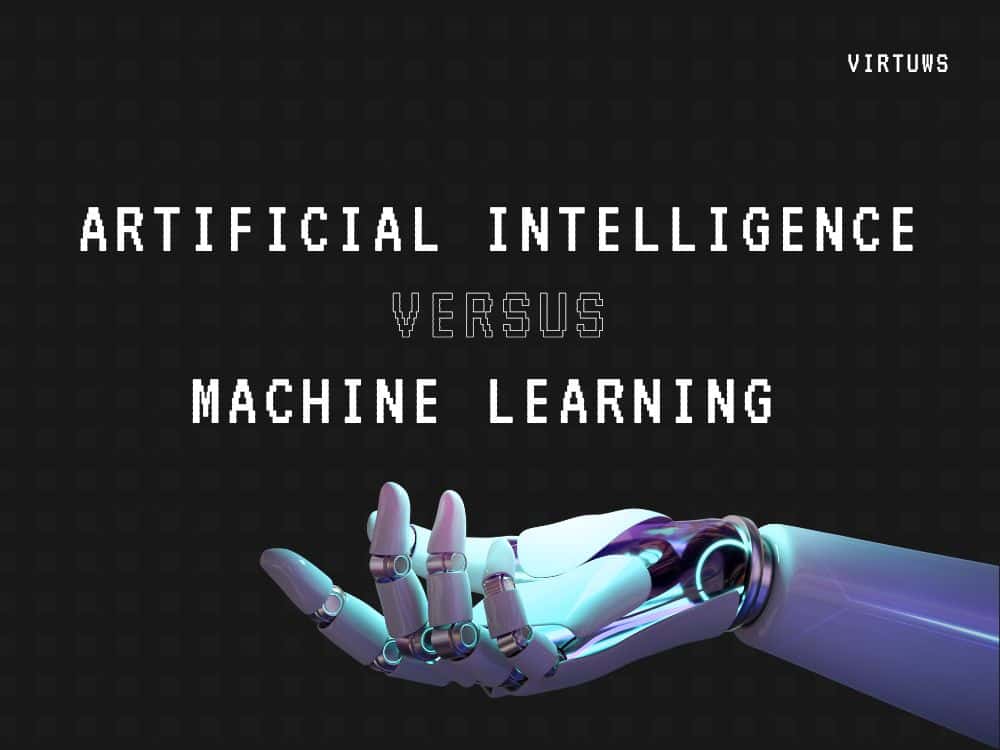Artificial Intelligence versus Machine Learning
Introduction
Two of the most well-known and quickly expanding technologies in use today are artificial intelligence (AI) and machine learning (ML).
The development of computer systems that can carry out operations that typically require human intelligence, such as voice recognition, decision-making, and problem-solving, is referred to as artificial intelligence (AI).
The development of algorithms that can learn from data, get better with practice, and make predictions or choices is the main goal of the AI subfield known as machine learning, on the other hand.
What is Artificial Intelligence?
The term “artificial intelligence” describes a computer system’s capacity to carry out operations that often call for human intelligence.
This can involve activities like understanding speech, coming to decisions, and troubleshooting. Since the 1950s, artificial intelligence has been a growing field.
Weak AI and strong AI are the two major categories into which AI systems can be divided.
Weak AI
Weak AI systems are made to carry out particular tasks, like decision-making, speech recognition, and picture recognition.
Rather than mimicking human ability, these systems are built to complete particular tasks faster than people.
Strong AI
Strong AI systems, on the other hand, are created to display intelligence and consciousness similar to that of humans.
These systems have not yet been invented and are still in their infancy.
What is Machine Learning?
The development of algorithms that can learn from data, get better with practise, and make predictions or choices is the main goal of the artificial intelligence subfield of machine learning.
Without being specifically trained to carry out a particular activity, ML algorithms are made to learn from data and get better over time.
Supervised Learning
One of the most popular kinds of artificial intelligence is supervised learning.
The objective of this sort of learning is to discover the relationship between the input and output data by training the algorithm on a labelled dataset.
Unsupervised Learning
On the other hand, unsupervised learning entails training the algorithm on an unlabeled dataset.
Finding patterns and links within the data is the aim of this sort of learning.
Reinforcement Learning
Through activities in the environment and feedback in the form of rewards or penalties, an algorithm can learn to make decisions. This process is known as reinforcement learning.
Differences between artificial intelligence versus machine learning
Goals
AI’s main objective is to build machines that can carry out tasks that ordinarily need human intelligence.
The development of algorithms that can learn from data and generate predictions or judgements is the main goal of ML, in contrast.
Approach
While ML algorithms are supposed to learn from data and get better over time, AI systems are often made to carry out specific tasks.
In contrast to ML algorithms, which are educated on data and use that knowledge to make predictions or judgements, AI systems are frequently designed to carry out specific tasks.
Intelligence
Artificial intelligence (AI) systems can range from weak AI systems that are created to carry out specific tasks to powerful AI systems that are created to display intellect similar to that of humans.
On the other hand, ML algorithms are created to learn from data and get better over time without having a brain like a human.







